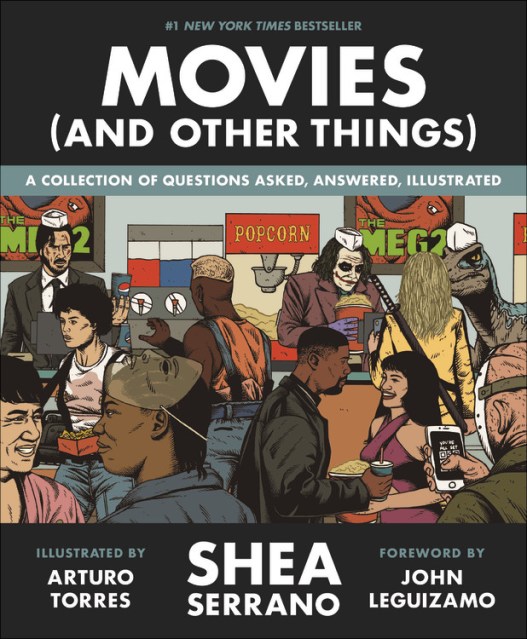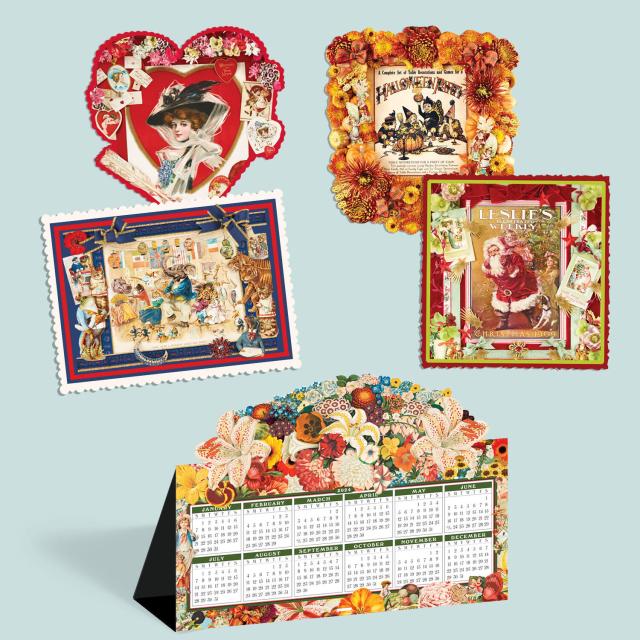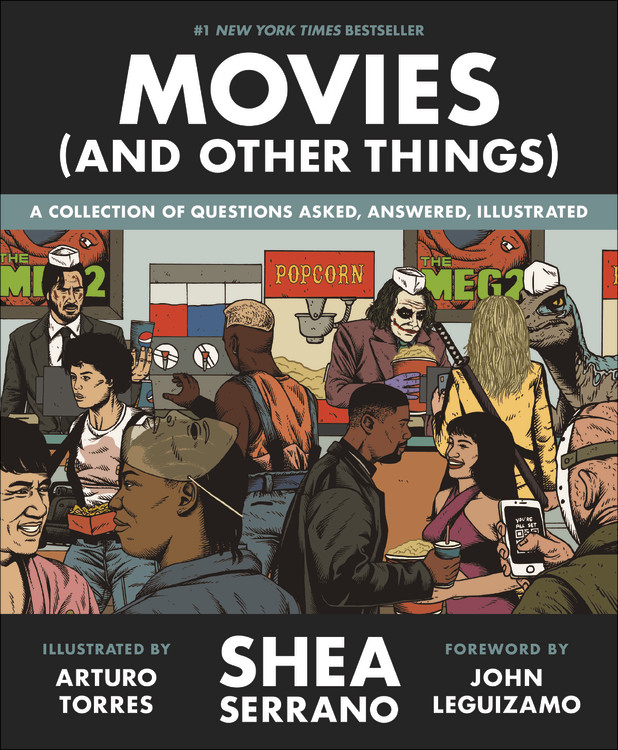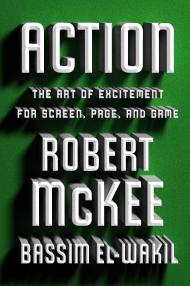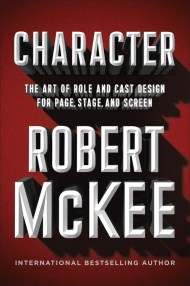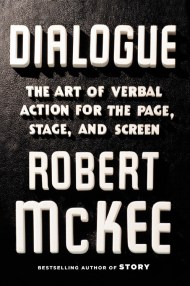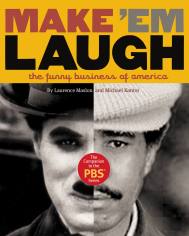Promotion
Use code MOM24 for 20% off site wide + free shipping over $45
Movies (And Other Things)
Contributors
By Shea Serrano
Illustrated by Arturo Torres
Formats and Prices
Price
$25.00Price
$31.00 CADFormat
Format:
- Hardcover $25.00 $31.00 CAD
- ebook $12.99 $15.99 CAD
- Audiobook Download (Unabridged)
This item is a preorder. Your payment method will be charged immediately, and the product is expected to ship on or around October 8, 2019. This date is subject to change due to shipping delays beyond our control.
Also available from:
INSTANT #1 NEW YORK TIMES BESTSELLER
WALL STREET JOURNAL BESTSELLER
BARNES & NOBLE BESTSELLER
AMAZON BESTSELLER
AMAZON BESTSELLER
“Paging through Serrano’s Movies (and Other Things) is like taking a long drive at night with a friend; there’s that warmth and familiarity where the chat is more important than the fastest route from Point A to Point B…It’s like a textbook gone right; your attention couldn’t wander if it tried.” — Elisabeth Egan, New York Times Book Review
Movies (And Other Things) is a book about, quite frankly, movies (and other things).
One of the chapters, for example, answers which race Kevin Costner was able to white savior the best, because did you know that he white saviors Mexicans in McFarland, USA, and white saviors Native Americans in Dances with Wolves, and white saviors Black people in Black or White, and white saviors the Cleveland Browns in Draft Day?
Another of the chapters, for a second example, answers what other high school movie characters would be in Regina George’s circle of friends if we opened up the Mean Girls universe to include other movies (Johnny Lawrence is temporarily in, Claire from The Breakfast Club is in, Ferris Bueller is out, Isis from Bring It On is out…). Another of the chapters, for a third example, creates a special version of the Academy Awards specifically for rom-coms, the most underrated movie genre of all. And another of the chapters, for a final example, is actually a triple chapter that serves as an NBA-style draft of the very best and most memorable moments in gangster movies.
Many, many things happen in Movies (And Other Things), some of which funny, others of which are sad, a few of which are insightful, and all of which are handled with the type of care and dedication to the smallest details and pockets of pop culture that only a book by Shea Serrano can provide.
Genre:
-
"Paging through Serrano's MOVIES (AND OTHER THINGS) is like taking a long drive at night with a friend; there's that warmth and familiarity where the chat is more important than the fastest route from Point A to Point B. [MOVIES] is like a textbook gone right; your attention couldn't wander if it tried. With a foreword by John Leguizamo and afterword by Don Cheadle, movie buffs have no excuse not to lose themselves in this oddball book."The New York Times
-
PREVIOUS PRAISE FOR SHEA SERRANONPR
"Shea Serrano's Basketball (And Other Things) is equal parts hilarious and enlightening...this is the ultimate book on basketball fandom." -
"Cleverly written and beautifully illustrated...It's a must for any basketball fan."Esquire
-
"Even if you're a basketball novice or die-hard Spurs fan like Shea, this is a perfect companion to his Rap Year Book: full of myths, what-ifs, and hyperspecific fanaticism."Vulture
-
"[Shea Serrano is] America's foremost chronicler of pop minutiae."Texas Monthly
-
"...hilarious and insightful..."Men's Journal
- On Sale
- Oct 8, 2019
- Page Count
- 256 pages
- Publisher
- Twelve
- ISBN-13
- 9781538730195
Newsletter Signup
By clicking ‘Sign Up,’ I acknowledge that I have read and agree to Hachette Book Group’s Privacy Policy and Terms of Use
